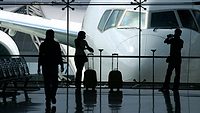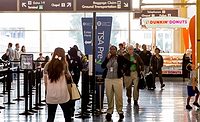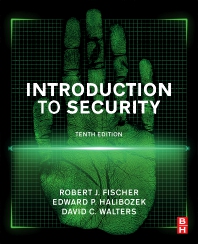Fly through security with new screening tech at Miami International Airport

Security screening at Miami International Airport in the post-COVID-19 era just got easier, thanks to the installation of seven state-of-the-art computed tomography (CT) scanners at six Transportation Security Administration (TSA) checkpoints. Passengers traveling through a lane with a CT scanner will now be permitted to leave laptops and other electronic devices in their carry-on bags.
The new technology provides improved explosive detection screening by creating a 3-D image that can be viewed and rotated on three axes for thorough visual image analysis by a TSA officer. If a bag requires further screening, TSA officers will inspect it to ensure that a threat item is not contained inside.
“These new scanners from the TSA are helping us streamline and expedite the screening process for our passengers, at a time in air travel when a smooth flowing checkpoint has never been more important. We are proud to be among the first U.S. airports to receive this expansion of CT technology by the TSA," says Lester Sola, MIA Director and CEO.
Like the existing CT technology used for checked baggage, the machines use sophisticated algorithms to detect explosives, including liquid explosives. The CT checkpoint units were designed with a smaller footprint than those used for checked baggage to allow accommodation in the constrained space of a passenger screening area. “
"TSA is focused on testing, procuring, and deploying additional CT systems in airports as soon as possible. TSA is continuing to develop enhanced algorithms to address evolving aviation threats while decreasing the number of physical bag searches needed to resolve alarms and thereby improve operational efficiency and automated detection. These seven units join three others previously installed when MIA became one of the first airports in the country to begin rolling out this technology in TSA checkpoints," says The Miami International Airport.
Looking for a reprint of this article?
From high-res PDFs to custom plaques, order your copy today!








